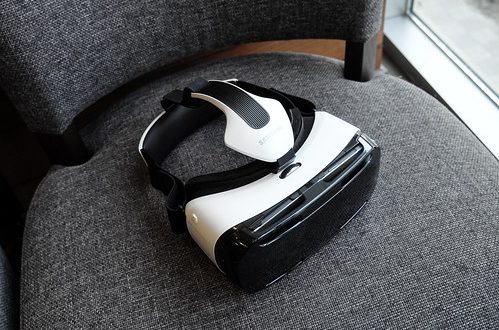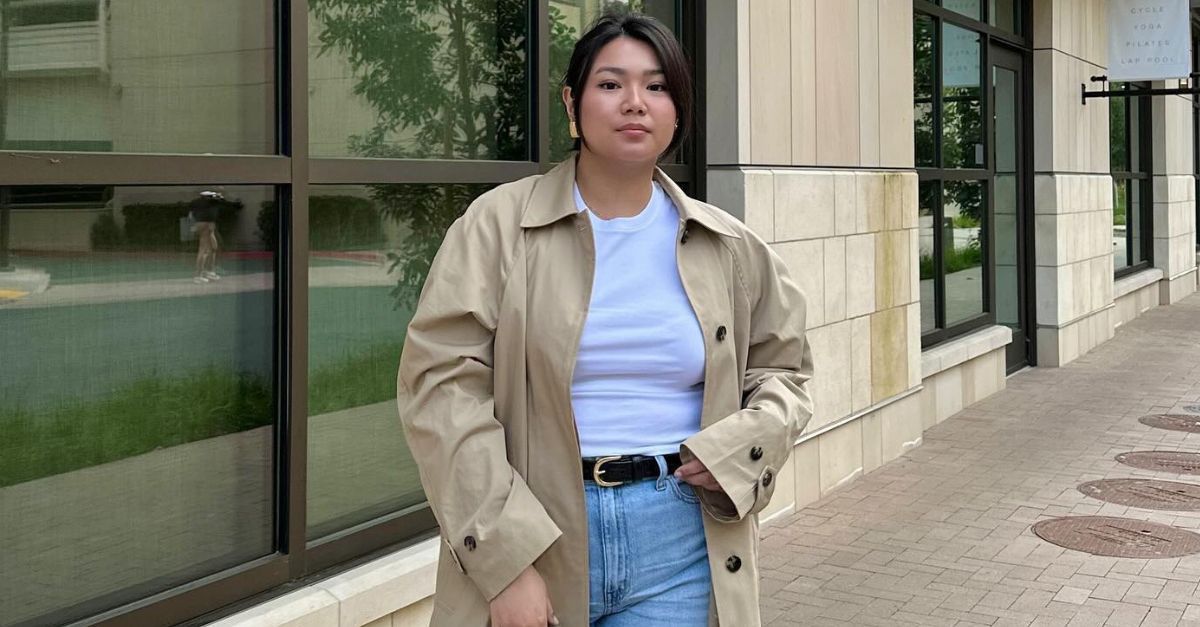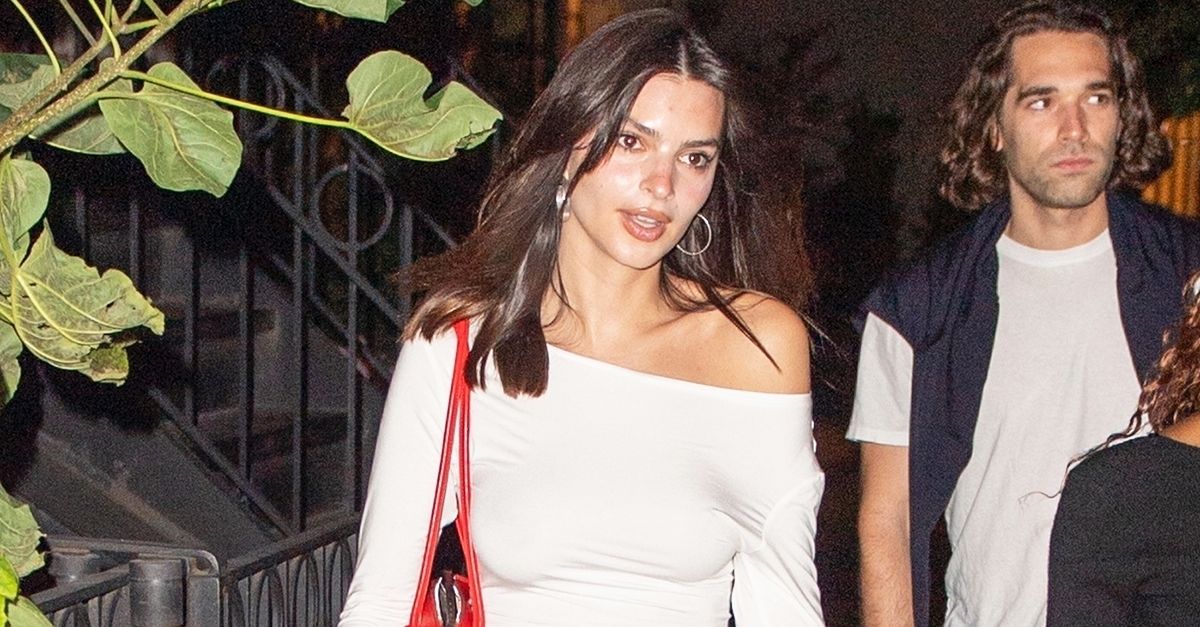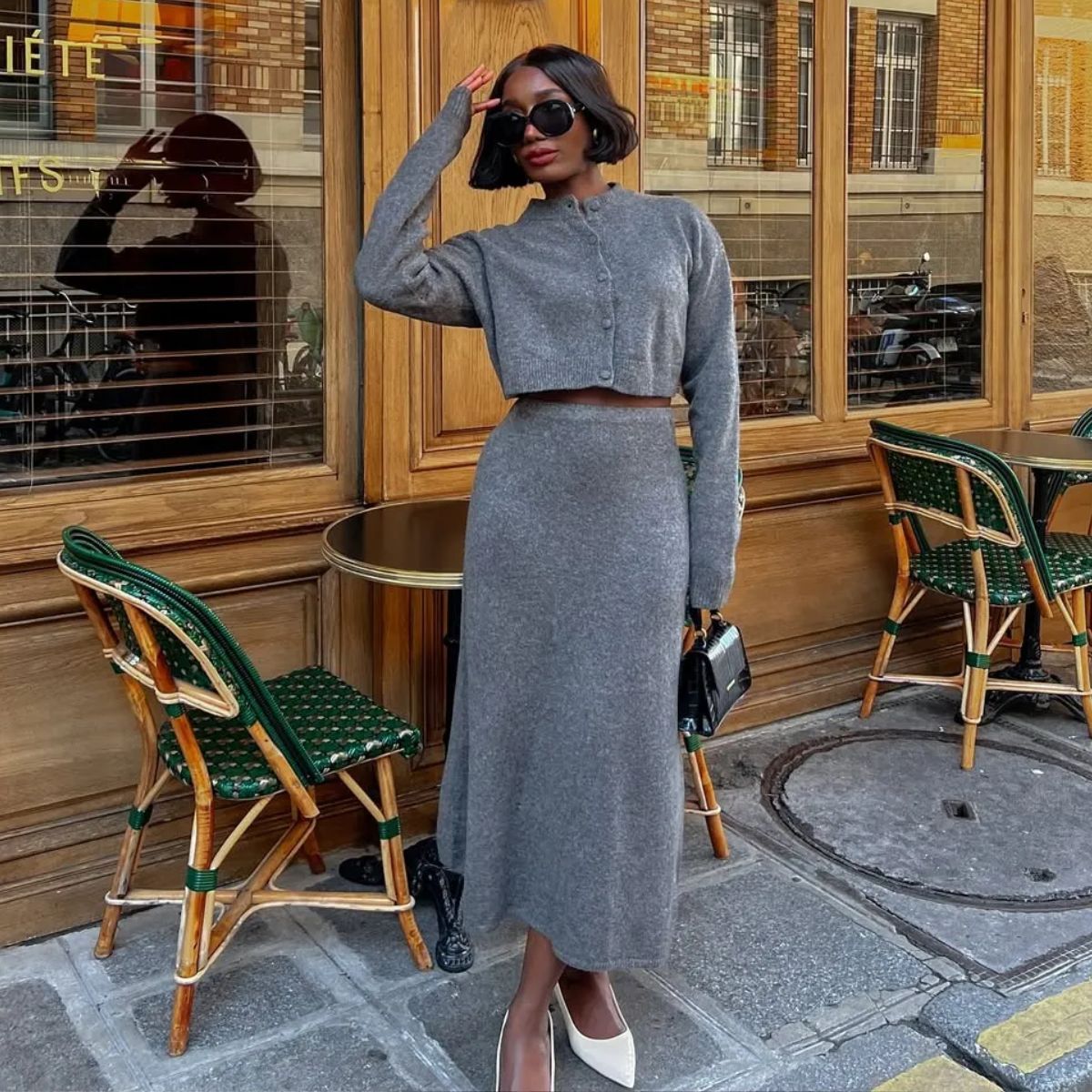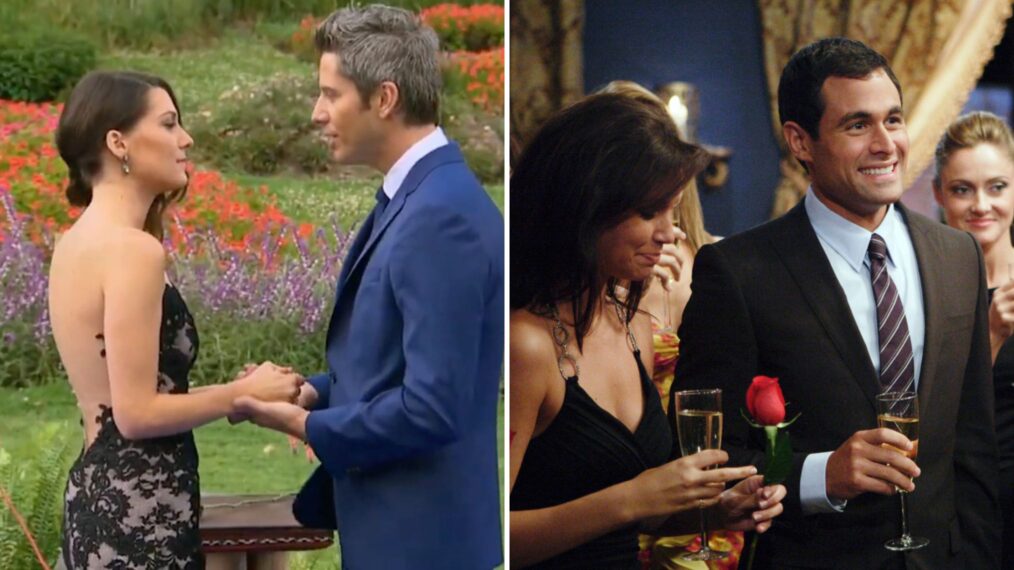Virtual reality technology has come a long way in the few years it’s been viable in the mainstream. Ever since the Oculus Rift ignited curiosity and passion in 2016, increasing professional and amateur development has driven VR media to new heights, and it’s only improving by the day. As horror fans, this makes us wonder: how might VR improve our terrifying moviegoing experiences, and when might these options become viable?
Starting Simple
The most common forms of implementation we’ve seen with horror and VR so far have come from simply adapting the displays for new perspectives on the experience. This was first proven in other types of media, for example with the best slot sites available online. These services like Bet on Red and Polestar Casino play from a regular browser on systems including tablets, smartphones, and PCs. With VR, it’s possible to create virtual environments and desktops to collect offers, browser websites, and play games. It’s almost the same as regular access, but the digital scene through third-party software can create a different feel.
In horror movies, this kind of virtual environment could be similarly used to affect a much scarier viewing setting. You could take movies like The Conjuring or Hereditary and watch them alone in an empty virtual theatre, for example, with nobody around to encourage you to be brave. It would even be possible for VR settings to have shadowy figures prowl your peripheral vision as you watch, adding another layer of terror to the experience.
A Full Immersive Experience
To go further, we could look towards a future where horror movies are filmed with full VR in mind. In this case, viewers could find themselves directly in the middle of the action, following the characters as they explore terrifying terrain. Such an approach would introduce significant filming challenges, however, that would first need to be overcome.
For a start, full VR would create major issues for the film crew, who would need to stay out of an entire 360-degree frame. Open 360 views would also require a new approach to set design, where areas that are usually ignored would have to be shown significant attention and care.
All shots in these kinds of films would have to be performed in one take, to avoid the jumping around which would usually be hidden by edits. Actors would need to stay completely in character even when not focused on directly, which could be challenging for those not used to the stage. Even the camera technology would need to be adapted, to avoid generating motion sickness to the viewer as much as possible.

“Lr43_L1000153” (CC BY-ND 2.0) by TheBetterDay
The great thing about all these ideas is that the technology to make them into reality already exists. You can already watch movies in virtual empty theatres, and small VR horror clips are already on the web. The only thing holding back larger experiences is the market size to make the investment worth the cost, and the willingness of horror veterans to explore this new arena. Make no mistake, a new kind of fear with VR is coming, the only question is whether we’ll be able to handle it.


























































![Mason Ramsey – Twang [Official Music Video] Mason Ramsey – Twang [Official Music Video]](https://i.ytimg.com/vi/xwe8F_AhLY0/maxresdefault.jpg)





